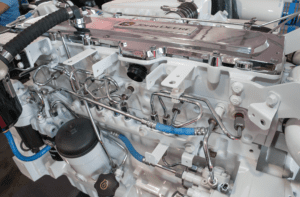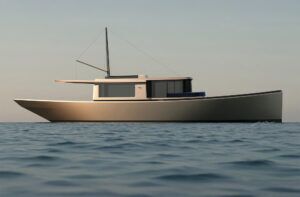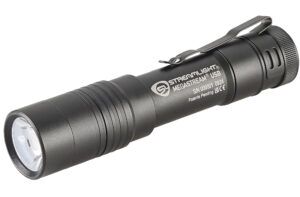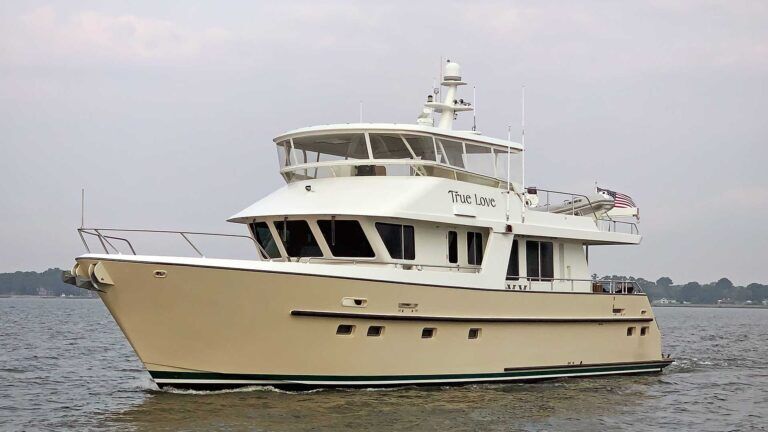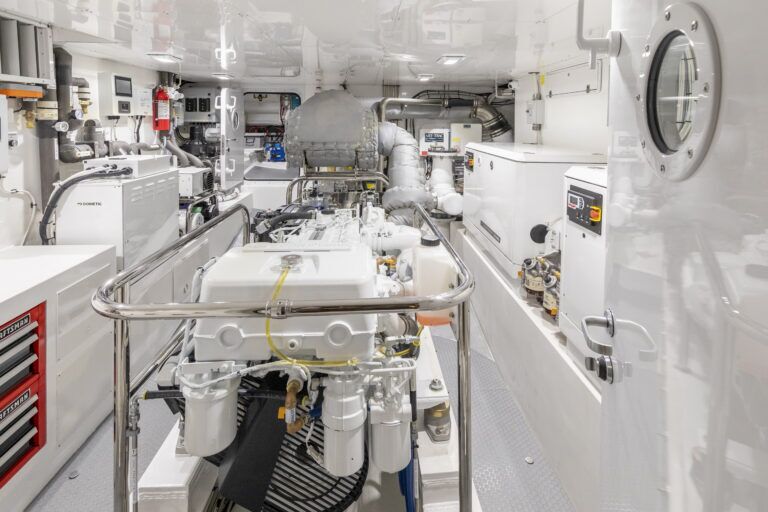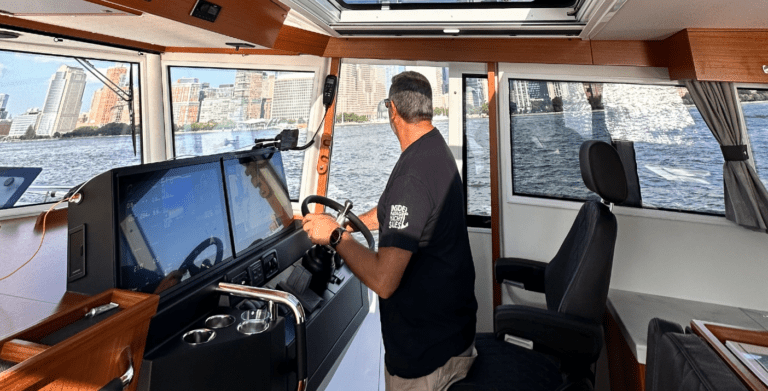Few innovations have changed boating in recent years quite like Volvo Penta IPS propulsion. The efficiency and maneuverability of pods, especially when paired with a joystick, has helped to usher in a younger wave of boaters and allowed others to grow into larger vessels than their skills previously allowed. It’s been a true game changer.
It’s important to remember that IPS was not universally accepted out of the gate. In fact, the Inboard Propulsion System was met with widespread skepticism. Would the pods be hard to work on or service? Could forward-facing props even work? And what kind of catastrophe would you incur if you ran aground and sheared one off?
In short, the industry held its breath, thinking that Volvo Penta was, well, crazy. In the ensuing years, as IPS made docking heroes of everyone, the system took off.

Almost 20 years after Volvo Penta launched IPS, I found myself on the very proving grounds where the builder has been experimenting with systems for nearly 60 years: its test center of Krossholmen, Sweden, just outside of Gothenburg, where the Volvo Group has its world headquarters. Volvo Penta Marine President Johan Inden joked with me that somewhere out there was a graveyard of sterndrives, parts and pods.
“Actually, the first crash tests for the IPS were done out here as well,” he said. “They built a concrete platform and hit it at 25 knots to make sure that they broke the way they were supposed to. I was not driving it. I did not watch it. But, I can imagine that was a pretty intense moment.”
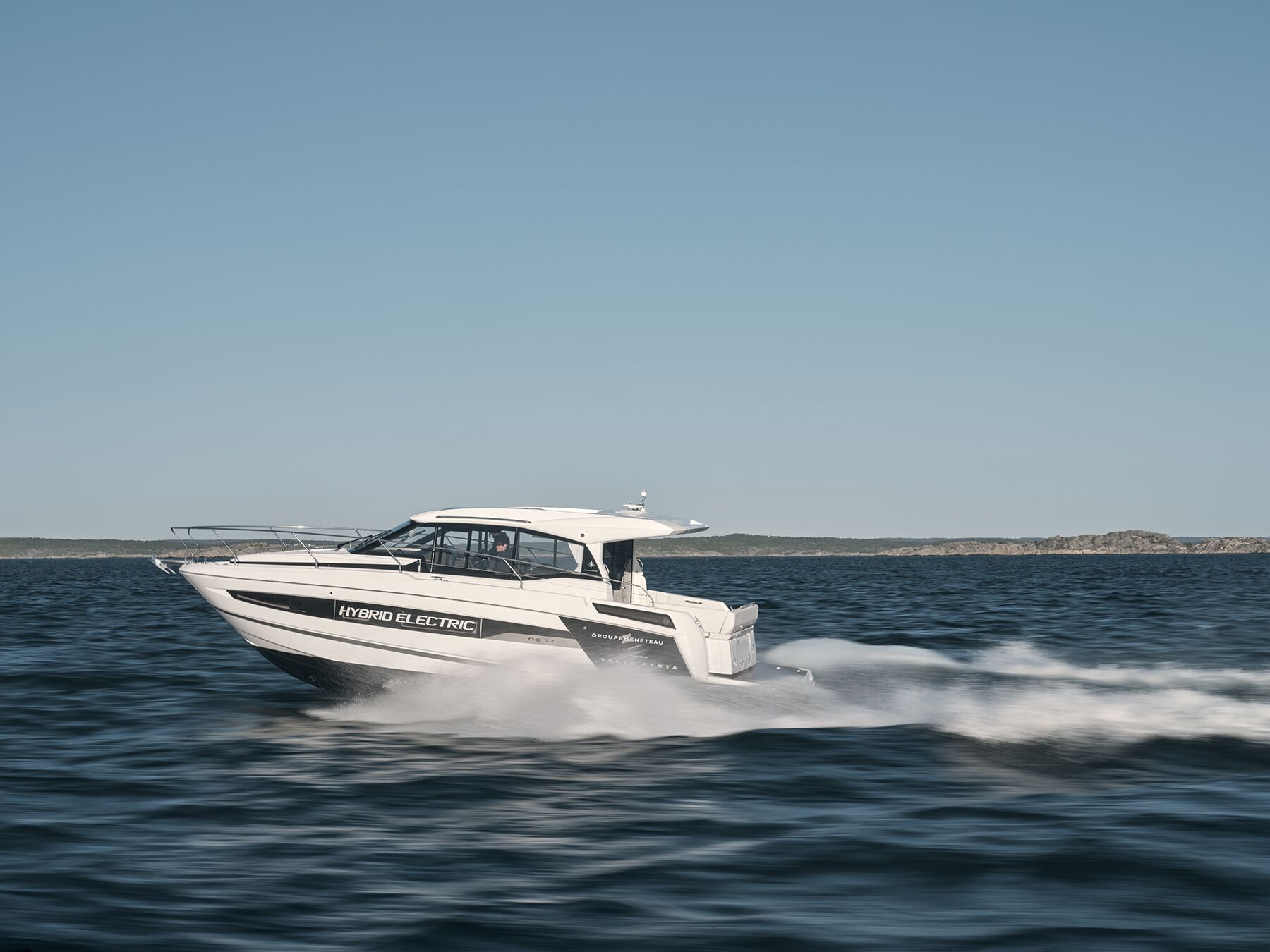
I was invited to test what promised to be another game changer: the company’s first fully integrated hybrid-electric propulsion system. Built in partnership with Groupe Beneteau, the system was installed aboard a Jeanneau NC37. The goal of this soft launch was to gather feedback from the press along with key dealers as the builder moved toward serial production.
There, amid an unforgivably rocky archipelago, the twin 60-kW electric motors paired with 320-hp D4s and Aquamatic sterndrives slid the NC37 silently from its slip and toward the channel. My first observation of this system—besides its exceptional quietness—was that joystick maneuvering seems even more responsive than the builder’s IPS joystick, thanks to the near-instant torque that electric propulsion offers.
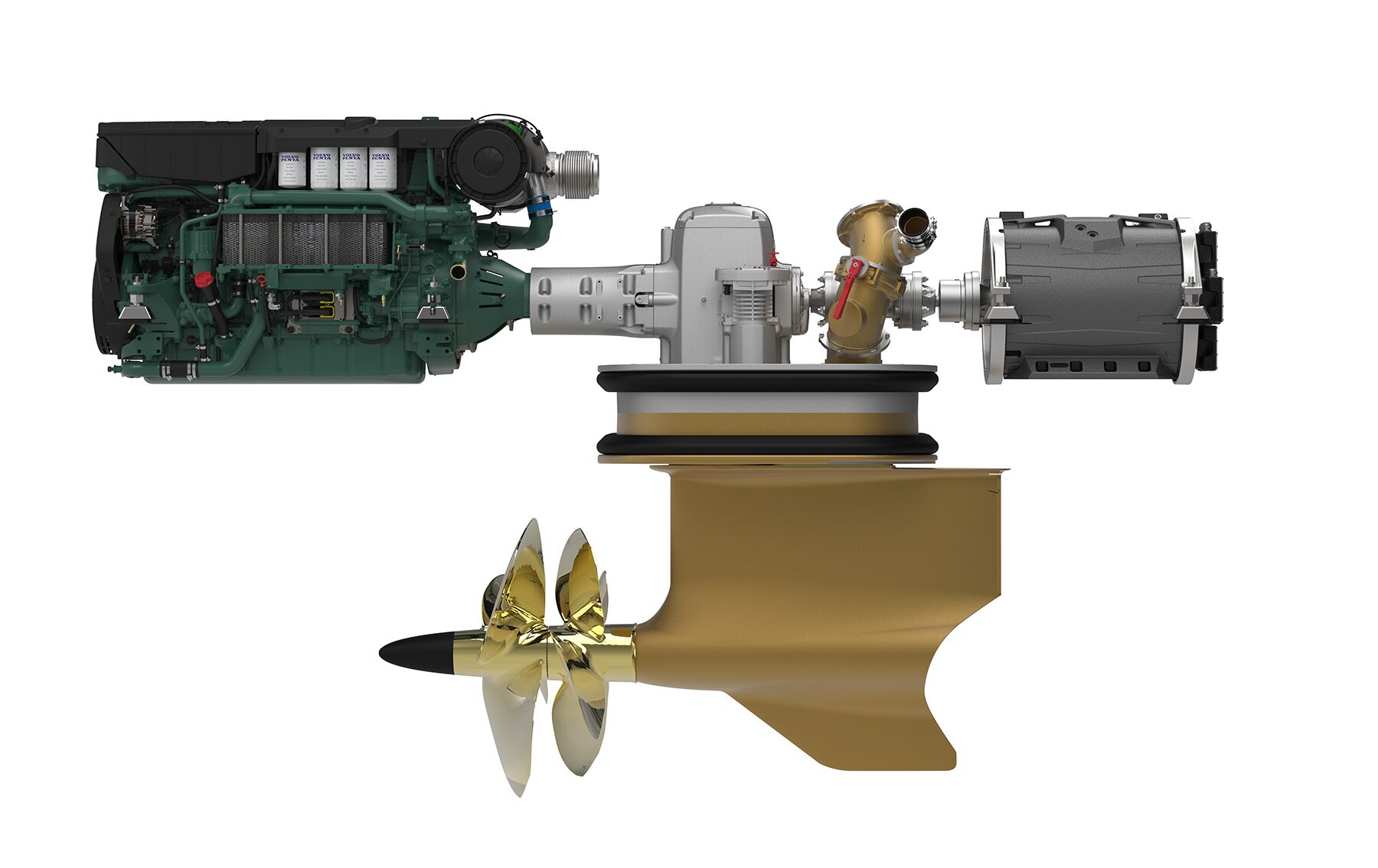
The only aspect of the hybrid system that Volvo Penta does not produce in-house (not yet, at least) is the battery bank with eight lithium-ion subpacks weighing 1,322 pounds. They lend the boat 67 kWh of capacity, giving the NC37 test boat a three-hour, or 15-nautical-mile, range at 5 knots and a top speed of 10 knots.
After navigating a slow zone, simply pushing on the throttles in hybrid mode and bringing the engines to 1500 rpm automatically engaged the boat’s diesel power and produced 37 knots of speed. Pulling back on the throttles and the motors shifted back to silent cruising at 1200 rpm.
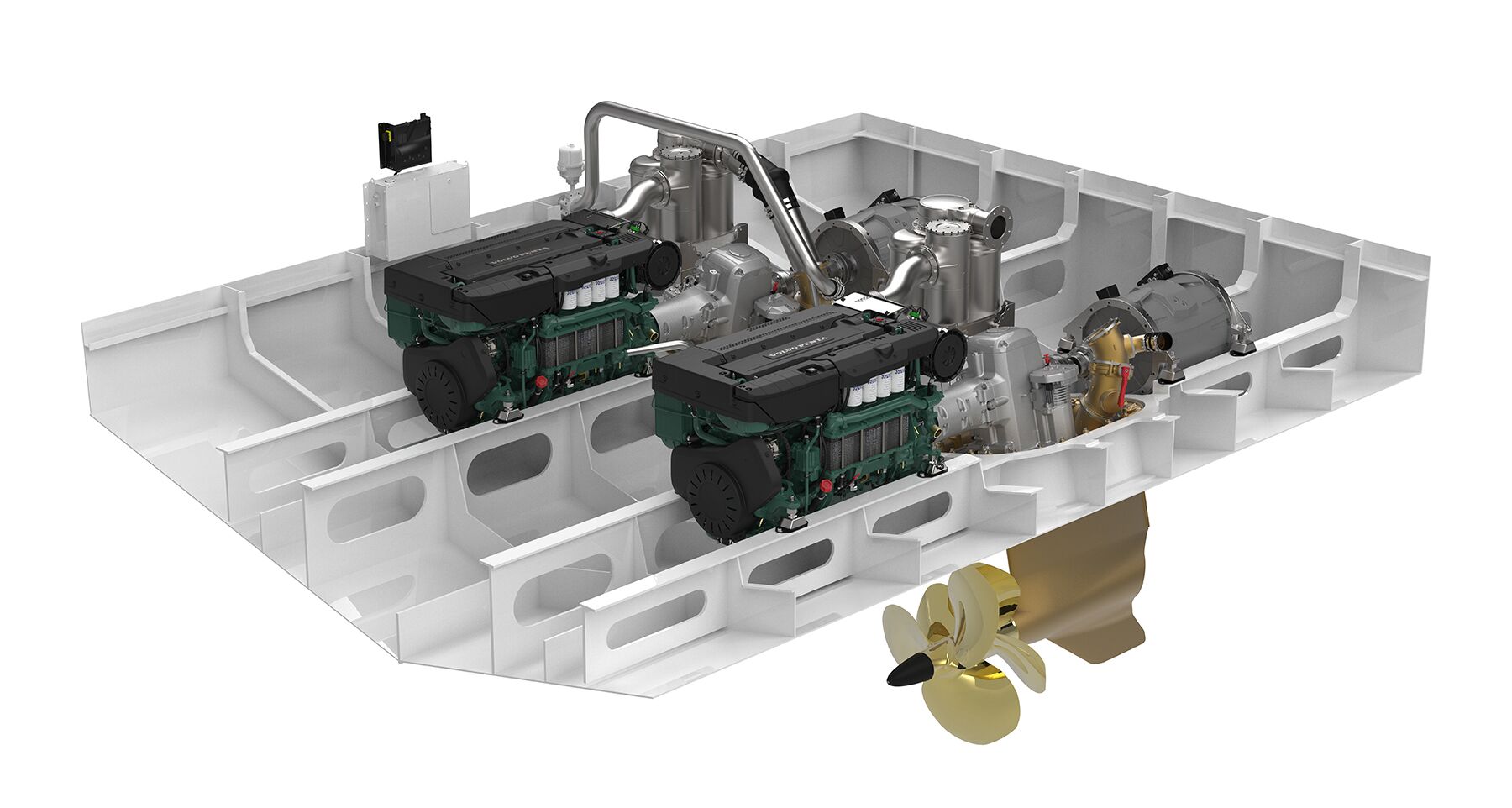
Among the other features the hybrid system offers is Dynamic Positioning in electric mode. It can keep a fixed location, say, while you’re waiting for a bascule bridge to open, or for the lock master to open the gate.
There is also the option for what the company calls electric boost. In that mode, propulsion is delivered from both diesel and electric power to get you up to speed faster. It worked as advertised, helping the 37 reach planing speed a few seconds faster than diesel alone.
The calling card of this hybrid system might be its trio of charging options: using shore power, while underway (up to 80 percent of the battery’s capacity) or, for the most time-efficient charging, from the boat’s diesels while stationary in a slip or on the hook. According to Volvo Penta, operators should be able to restore a full charge from nearly empty within the hour, and then power all the boat’s systems, including the air conditioning for days at a time.
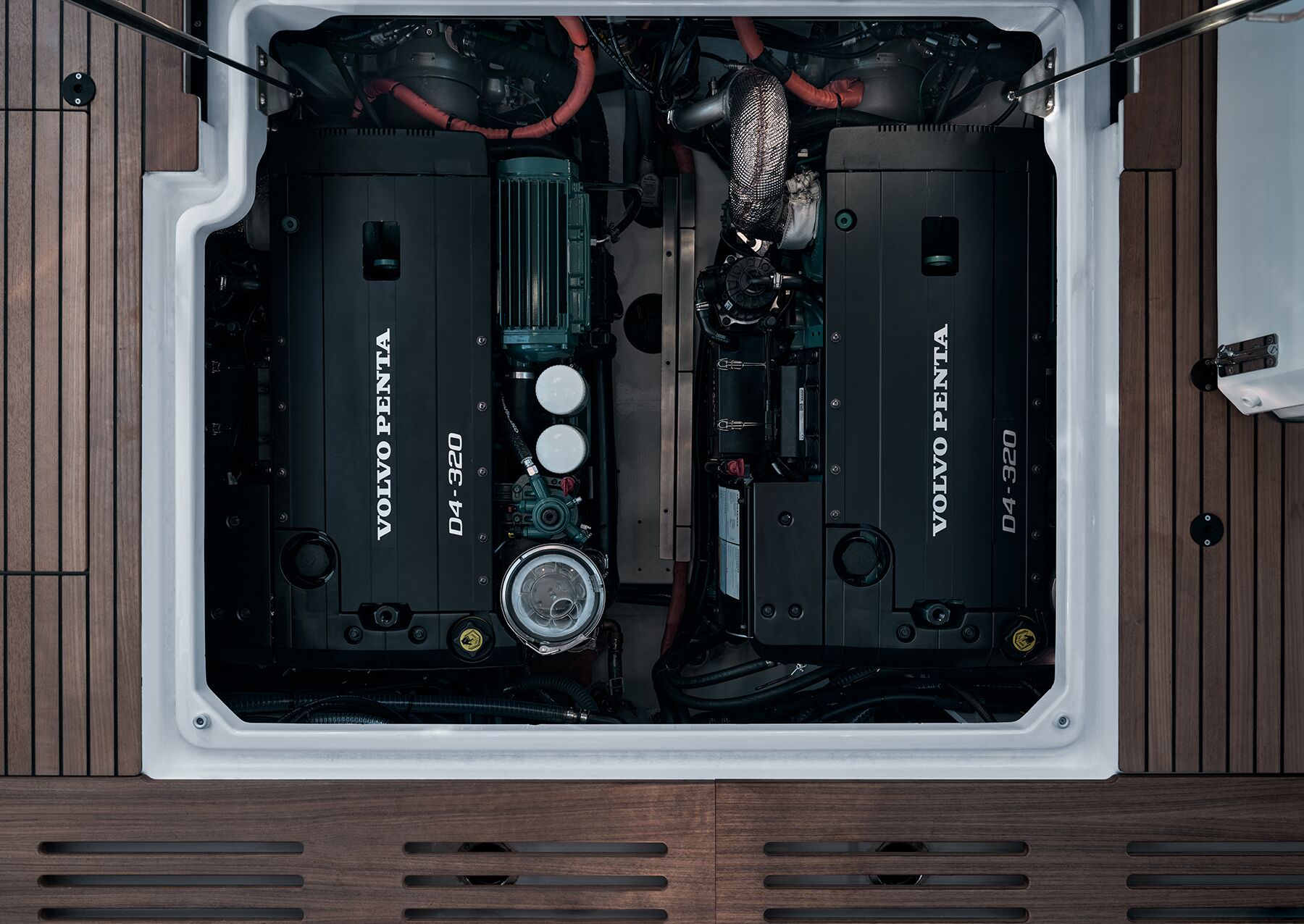
The company has yet to release pricing for this system or announce when it will be available to consumers, but expect to see the hybrid-power NC37 on the boat show circuit this fall in the United States.
Joystick Driving
This test event showcased another impressive advancement from the manufacturer: Joystick Driving. I’ve used Joystick Docking on various IPS-powered boats over the years, and I didn’t think it could get much better. Therein lies the genius of Volvo Penta’s culture of innovation. Good is never good enough.
As I settled in at the helm of a Prestige, the company captain engaged Assisted Docking, which ensured, with the help of the joystick, that I wouldn’t inadvertently kiss the bulkhead beside me. I maneuvered the boat into open water with the traditional joystick functionality. Touching a new button in the top right-hand corner of the joystick engaged Joystick Driving, which allowed me to shift from neutral into gear, throttle up and then turn by leaning the joystick to port or starboard. I could also make course corrections via the autopilot with a simple twist of the wrist. In a matter of minutes, the boat felt like an extension of my hand.
Pulling back on the joystick reduces speed until you land back in neutral. Continuing to pull it back, you shift into reverse. A smart safety feature here is that when you release the joystick in reverse, it defaults back into neutral.
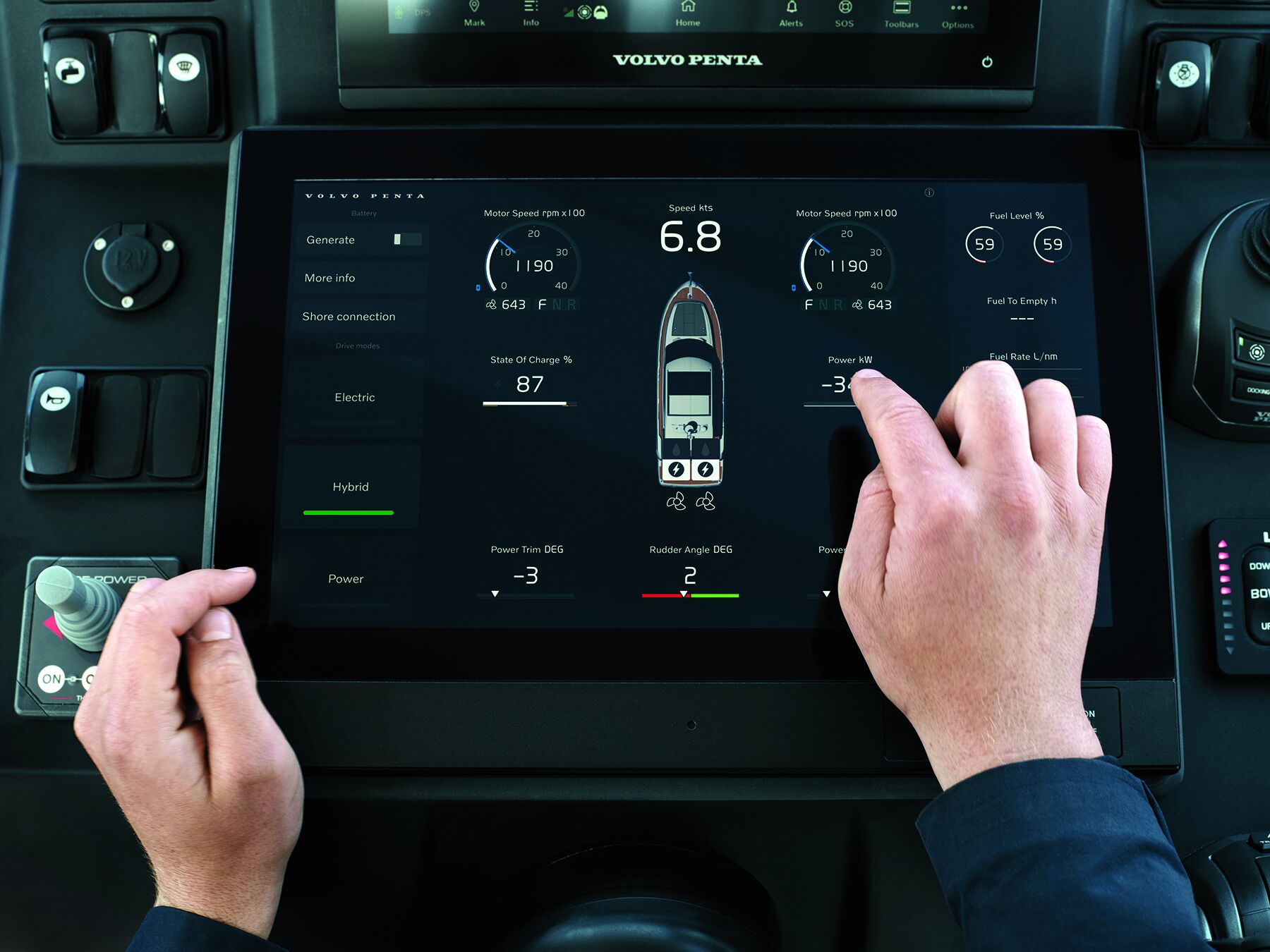
This level of joystick functionality will continue to usher new boaters into the sport while being intuitive enough for more seasoned salts to pick it up quickly. On our test boat, the wheel and throttles were largely redundant, if not unnecessary.
Culture of Innovation
In-between test sessions, Inden hinted at more innovations to come. “We’re always trying to think 20 years ahead,” he said. “In January at CES, we shared what we call our ‘boating for everyone’ vision where we outline everything from how we think people will go boating to how we solve charging.”
One of the visions the company shared was for a floating island/village where boaters could dock, charge their boats, walk around the perimeter and get a meal at a restaurant.
“It got a fantastic reaction,” Inden says. “We got calls from builders asking when we plan to build it because they wanted to be the contractor. It was fantastic. And boaters were saying, ‘Couldn’t you build the first test island just out here in the archipelago so we could start playing with it?’ Restaurant owners called and said, ‘I want to run the restaurant,’ so you saw an idea triggering ideas.”
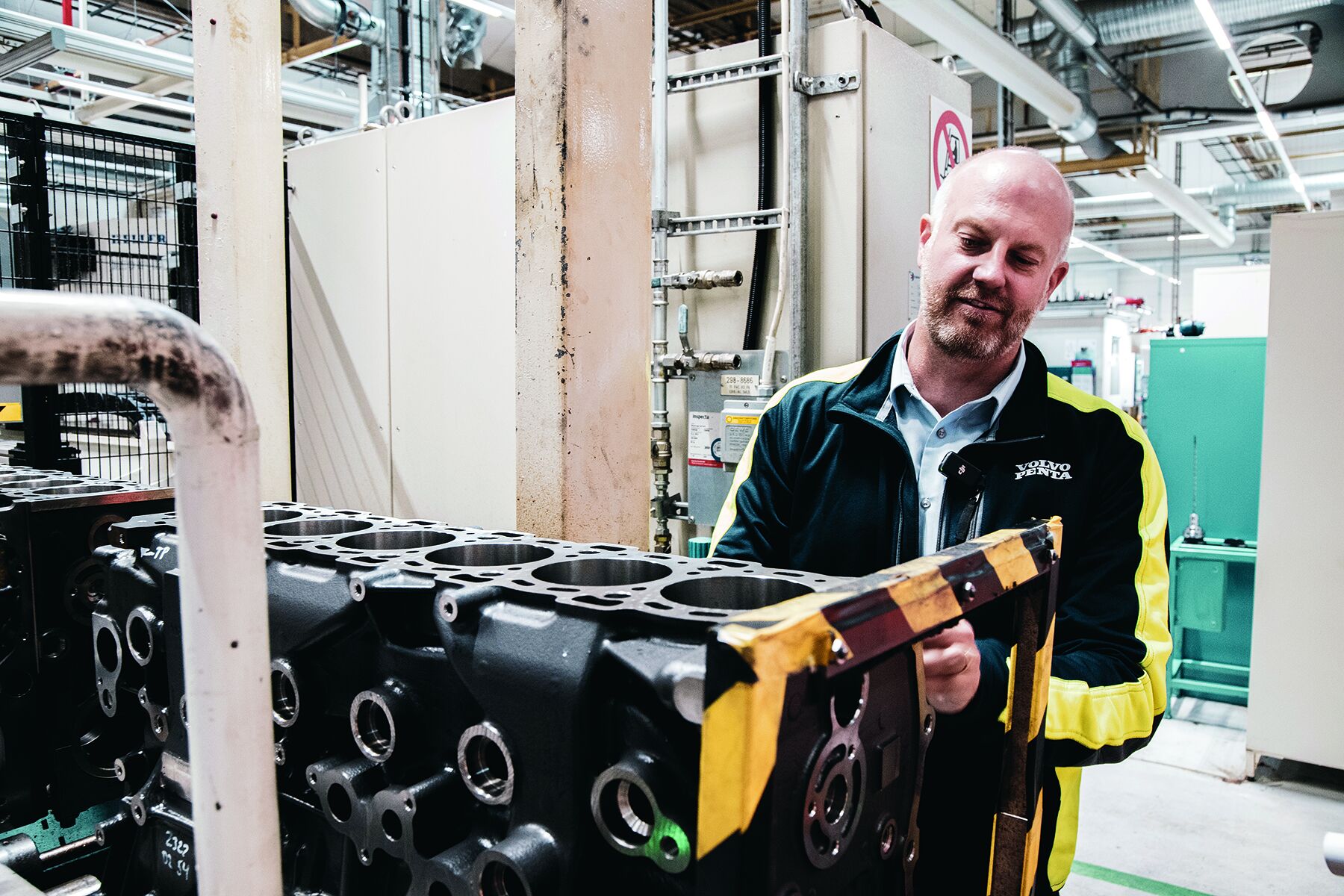
It’s all an extension of Volvo Penta’s culture. At the factory in Vara, employees—from cleaners to top executives—are encouraged to spend an hour a week reflecting on how their jobs can be done better, more efficiently or more safely. There is also a monthly competition where employees can earn prizes for submitting innovative ideas. One recent winner had the idea to place QR codes around the facility, allowing employees to file ideas still fresh in their minds.
Standing on the docks of Krossholm, I wondered what the boating world would think of the new hybrid system. Everyone will draw their own conclusion, but I will say that the most impactful innovators were all once called the same thing: crazy.
This article was originally published in the August 2023 issue of Power & Motoryacht and the October 2023 issue of Soundings.



